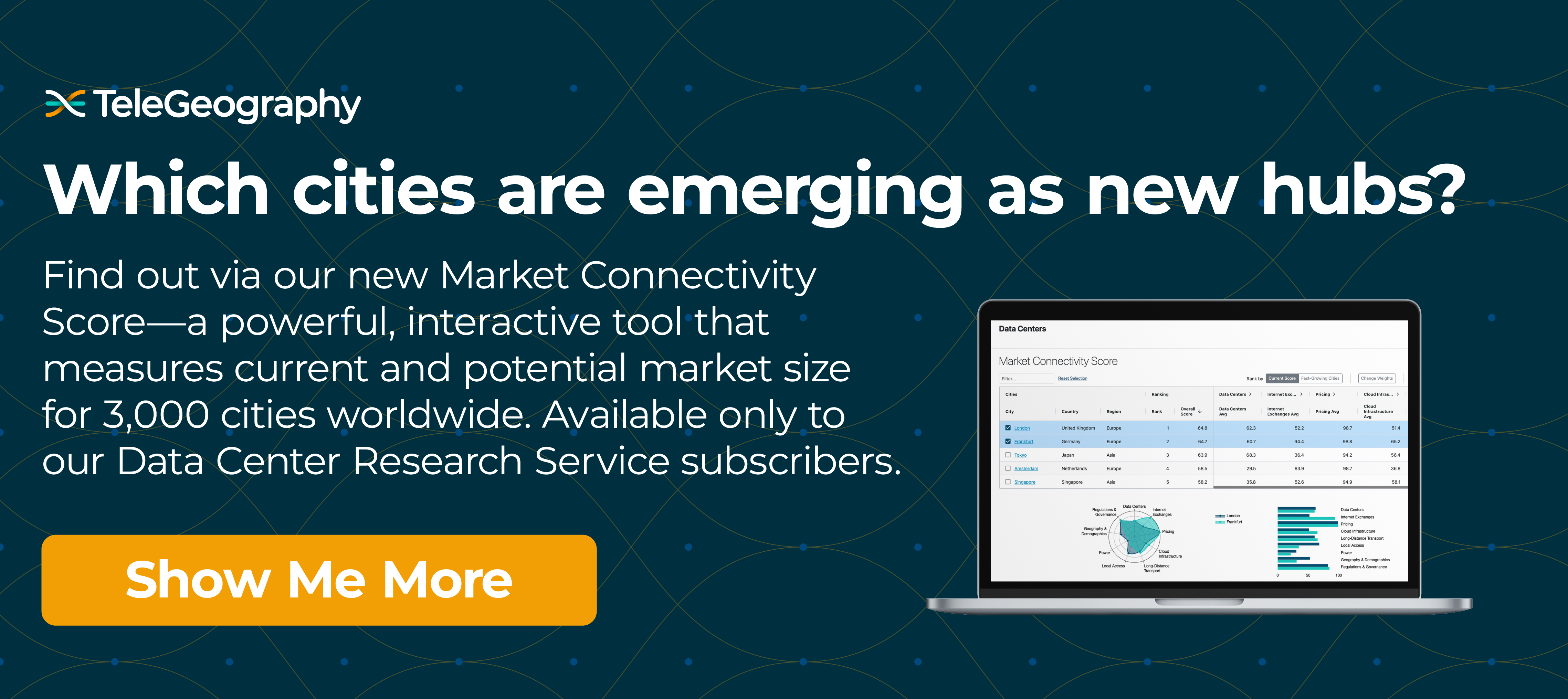Today we answer the burning question "what is peering and how does it work?"
First, some history. The tacit rules that govern the relationships between internet service providers (ISPs) have evolved with the internet’s transformation from an academic research network to a multi-tiered commercial system.
In the early days of the internet, networks—which were mostly the same size—voluntarily exchanged traffic as peers on a “sender-keeps-all” basis. It made economic sense to swap traffic freely. Even if traffic flows were not entirely in balance, it was less expensive to set up a free deal than to meter and charge. Both networks benefited by reaching more parties.
As the number of ISPs grew, traffic flows became more asymmetrical.
Many backbone ISPs came to realize that it was no longer commercially sensible to connect with smaller entities without receiving some form of compensation. The larger backbone providers began selling transit to the smaller companies.
Today, some ISPs with similar traffic volumes may still choose to interconnect via peering arrangements.
Peering arrangements can be classified as either settlement-free or paid. The actual exchange of traffic via peering relationships can either be a private transaction between a few operators, or through public arrangements via an internet exchange (IX). Here's how that works.
Settlement-Free vs. Paid Peering
Most traditional peering arrangements are settlement-free. This is not to say peering is without costs—some fixed costs are always involved, including peering ports, colocation, power, and various equipment costs.
Nonetheless, the exchange of traffic termination between peering operators is usually a free arrangement between parties. If the traffic volumes between peering partners become unbalanced, with one side sending the other a disproportionate amount of traffic, the parties can agree to migrate to a paid peering arrangement.
The concept of paid peering is similar to transit in the sense that one network operator is paying another for access, but while a transit purchase enables access to the whole internet via the transit partner’s network, paid peering only grants the customer access to that provider’s network. Paid peering is very different from traditional settlement-free peering in the sense that it is not a shared arrangement involving roughly equal leverage between the two parties.
Private vs. Public Peering
Private peering is the simplest and most commonly used form of peering. It involves direct interconnection between the networks involved to facilitate shared access. This can be done in privately-owned telecom facilities, where a circuit can link directly from one network’s point of presence (PoP) to the other’s. Private peering can also take place in a public location such as a colocation facility. Here, the colocation provider would interconnect the servers of the colocated peer networks using a cross connect. Private peering is most commonly used between major peers exchanging significant amounts of traffic.
Public peering is more complex than private peering.
Public interfaces such as high-capacity Ethernet ports are aggregated using neutral peering switches operated by an IX. This type of peering occurs in shared spaces, particularly colocation facilities. Public peering is particularly well suited for interconnections between minor peering partners, because the IX enables connected ISPs to exchange traffic with a wide range of operators via a relatively small number of ports.
Jon Hjembo
Senior Research Manager Jonathan Hjembo joined TeleGeography in 2009 and heads the company’s data center research, tracking capacity development and pricing trends in key global markets. He also specializes in research on international transport and internet infrastructure development, with a particular focus on Eastern Europe, and he maintains the dataset for TeleGeography’s website, internetexchangemap.com.





